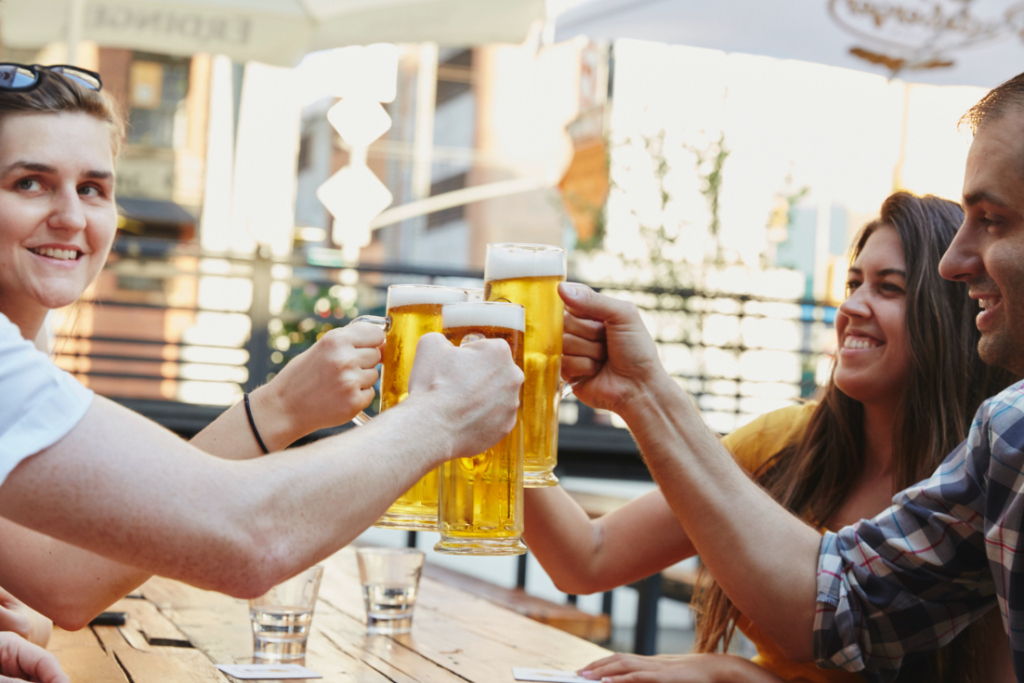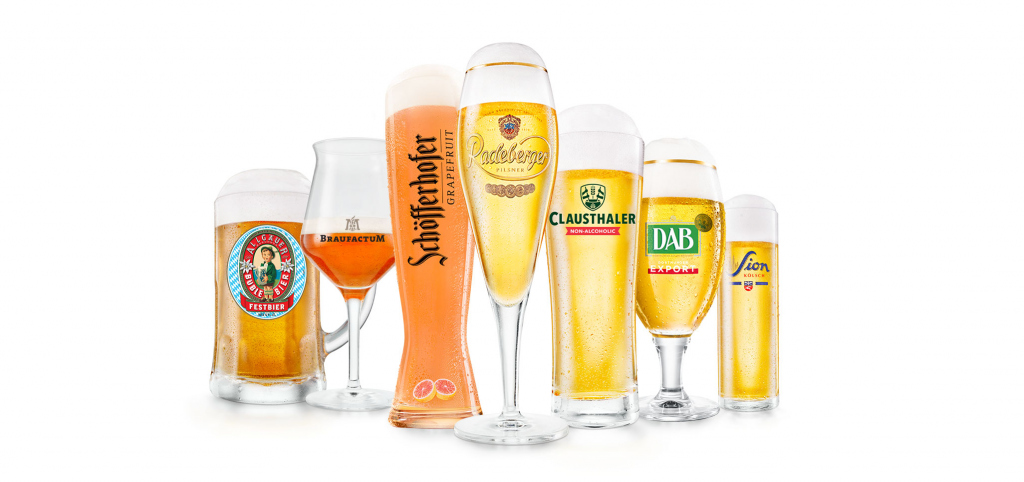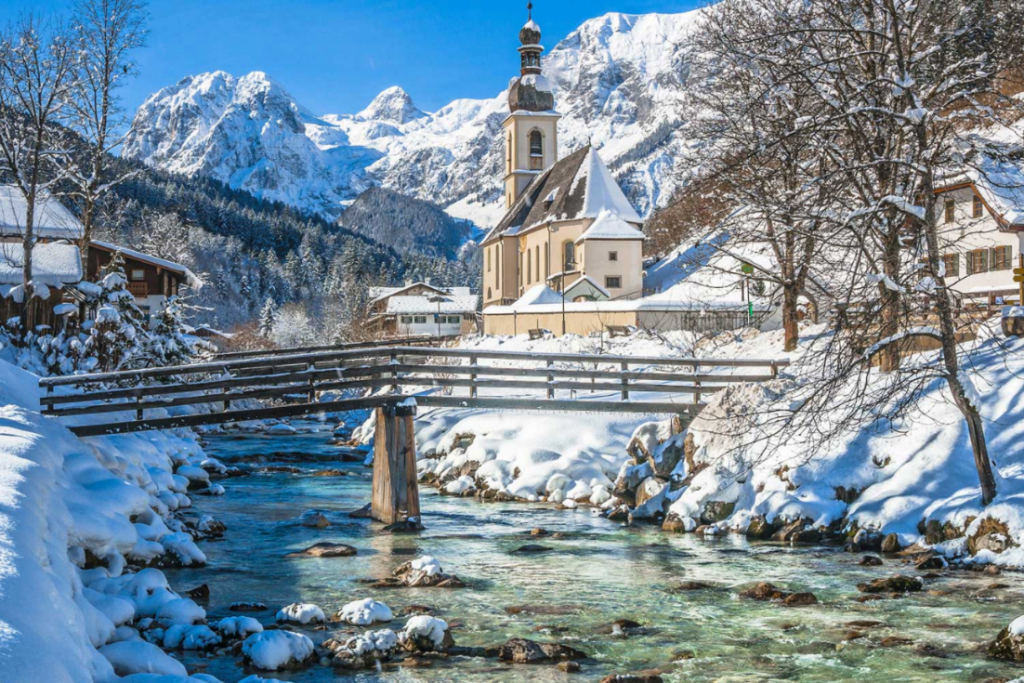Beer Styles
Beer Styles
Beer in Germany is a distinctly regional topic. Every region in Germany has a its own beer style, directly influenced by the regions setting.
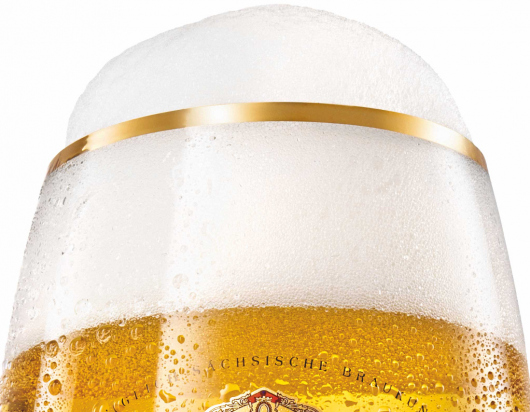
Pilsner – The Undisputed King
The 19th century was an exciting time for beer brewing. Groundbreaking technology was invented and brewmasters travelled all over Europe to share their brewing knowledge and techniques. This is how one of the world’s most popular beer styles was created: the Pilsner. The invention of modern refrigeration enabled bottom fermented beer. Radeberger Pilsner was one of the first breweries to use this technology.
Pilsner is a type of pale lager and usually has a light, clear Golden color. The taste profile is heavy on the hops and light on the malt. Ideally enjoyed out of an elegant Pokal or Tulip, Pilsner has a very stable head, allowing for a fresh taste, sip after sip. And because we love our Pilsner, we often don’t waste time to order, we simply call it a Pils.
Kölsch –
The Pride Of Cologne
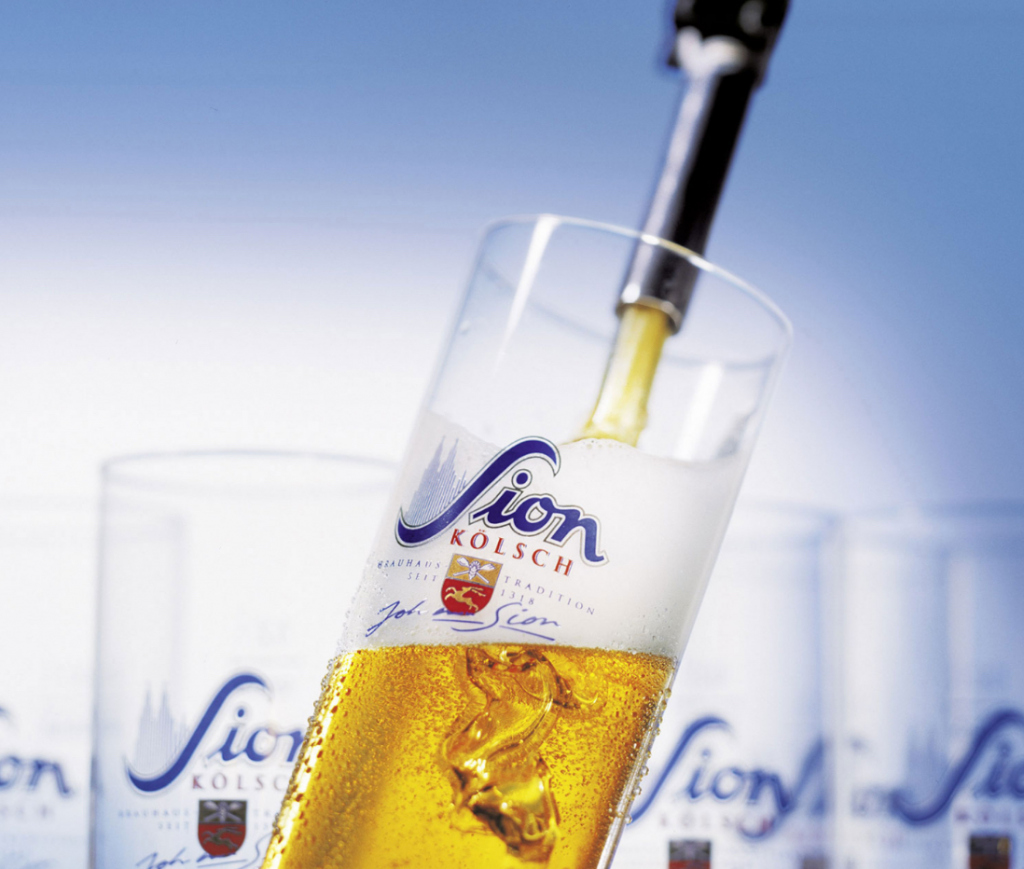
Don’t you dare order anything but a Kölsch when you’re in Cologne. There are very few beer styles across the world as closely connected to their hometown as Kölsch. Kölsch is very light, sometimes with a little fruity aroma. In order to protect its precious beer, the city of Cologne enforced a law that says a real Kölsch can only be brewed in Cologne. Unless the beer is brewed within the Cologne city limits, it cannot be called Kölsch, it has to be called Kölsch-style.
Kölsch is typically served in a small cylindrical glass – the Stange. The reason is simple: Kölsch is less carbonated than other beer styles. In bigger glasses, Kölsch would become flat too quickly. In order to make sure your beer is always fresh, the waiter will continue to bring a fresh Kölsch until you place a coaster on top of the glass. There are many rules around this particular beer, this just goes to show how serious the “Kölner” take their beer.
Hefeweizen –
The Sparkling Brew
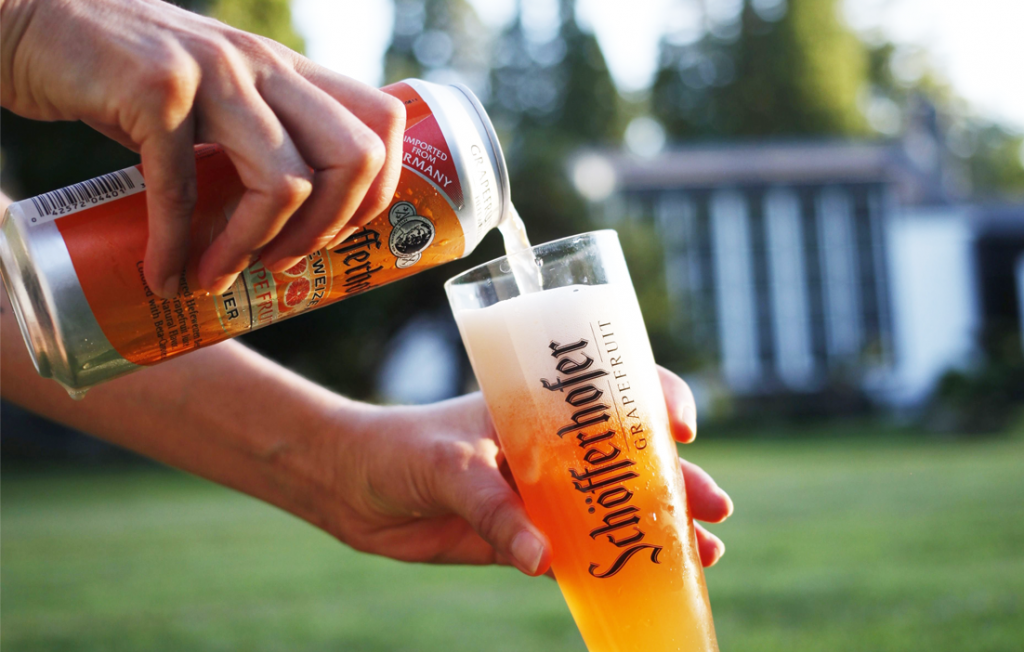
Traditionally a typical Bavarian brew, this beer has come a long way. A long time ago, Hefeweizen was illegal to brew. In order to preserve enough wheat to bake bread, Duke Wilhelm IV. proclaimed the Reinheitsgebot. After many years, the law was revised, allowing brewers to use wheat again. Schöfferhofer was the first to break the rules and bring Hefeweizen from the serene rivers and mountains of Bavaria to the big city.
Hefeweizen boasts an exciting, fruity taste profile. From banana to citrus notes, sometimes malty, this beer can do it all. A perfect companion for a rooftop party in the city, to summer days at the lake or paired with a fine dinner, Hefeweizen is always a great companion. Ideally poured into a tall, curvy glass to allow for perfect carbonation, color and flavor. Hefeweizen Mix, the perfect combination of unfiltered Hefeweizen and natural fruit drink.
Non-Alcoholic –
The Tasteful Surprise
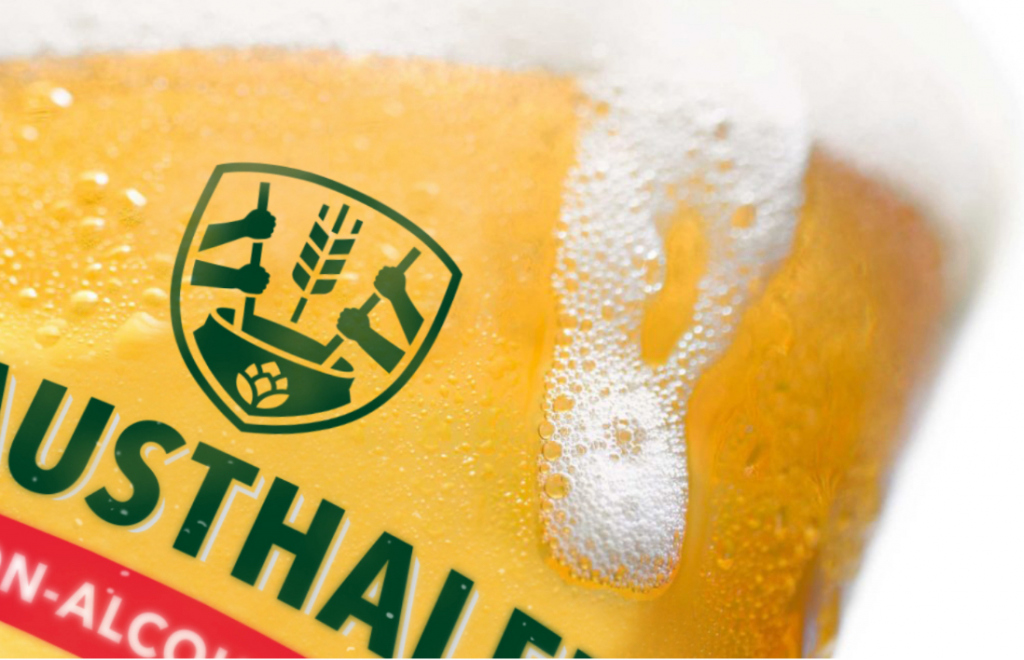
Non-Alcoholic beers are generally brewed one of two ways: a controlled brewing process that results in a low alcohol content, or with reverse-osmosis method where the alcohol is removed after fermentation. In the 1970s, many breweries tried and tried to brew a good tasting Non-Alcoholic, the first brewery to really succeed, was Clausthaler. If brewed the right way, you can almost not tell the difference between an alcoholic beer and an Non-Alcoholic…
Oftentimes, breweries will take their most popular beer and brew a Non-Alcoholic version. There are very few breweries like Clausthaler who are entirely committed to brewing Non-Alcoholic beer and brew a variety of Non-Alcoholic beers. From our Original Pale Lager style, to the Dry Hopped IPA and finally our refreshing Grapefruit, there are virtually no limits to the taste varieties of Non-Alcoholic. A consistently growing beer segment, these are exciting times for non-alcoholic beer.
Craft –
The Rule Breaker
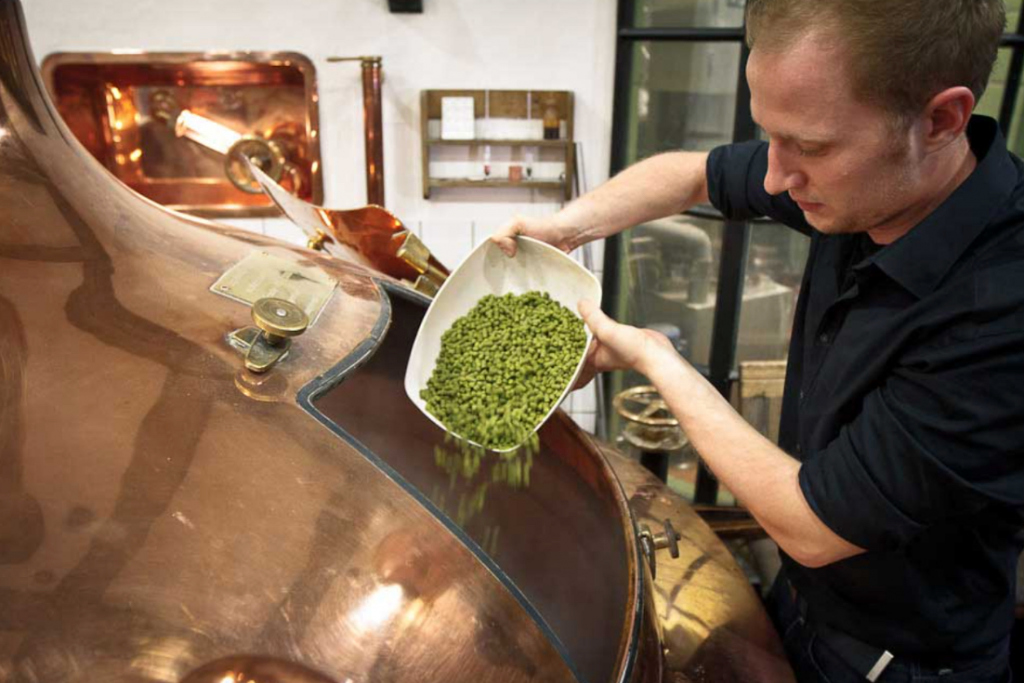
Craft beers are not a beer style per se, craft brewing is an attitude. This is where breweries almost become playgrounds, and brewmasters try what no one else has done before. Craft brewing can mean refining a traditional beer style, developing new taste profiles, using nontraditional ingredients, taking risks, or applying new brewing methods. There are no limits and no rules – anything is possible as long as it pleases the taste buds of the brewmaster and consumer.
This is where breweries like BraufactuM come into play. With a variety of different beer styles, from dark beer, to IPAs, to Scotch Ales, craft breweries continue to push the boundaries of what’s possible. Craft brewing is about traveling the planet, letting other cultures influence the taste buds, and translating all of this into a beer.
Zwickelbier
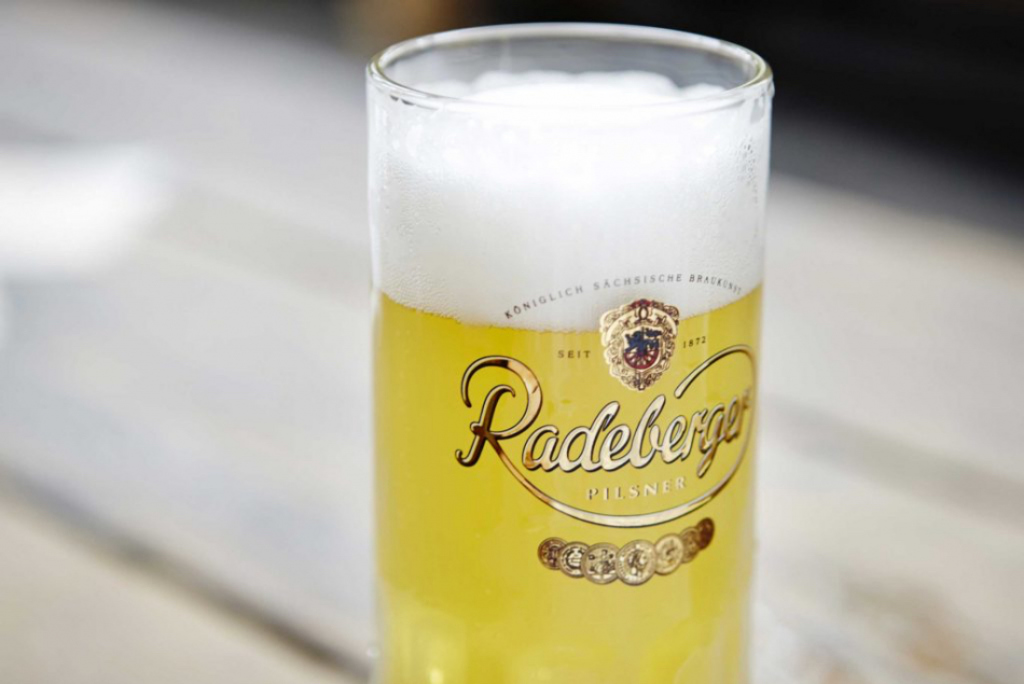
Zwickelbier beer is tapped and poured early from the cask. It is essentially the effervescent form of a Bavarian Kellerbier. One of the finest examples is Radeberger Zwickelbier, up until now only available in the brewery in Radeberg and in very few selected bars and restaurants and is now available, for a limited time only, in the US in 16.9oz cans.
A Zwickelbier beer has an alcohol content by volume that is usually below 5%. The name stems from the actual sampling handle mounted on the outside of the cask, which is used to taste and assess the brew’s progress during fermentation. Zwickelbier is rarely exported internationally since it is unfiltered and usually has a shorter shelf life.
